America’s Cleanest—And Most Polluted—Beaches
Before you plan a trip to the sand this summer, check out this list of the best and worst beaches, based on water quality
As the summer days grow hotter, there's nothing better than taking a trip to the beach or lake for a refreshing dip. But are you sure the deliciously cool waters you (or your family) are swimming in are safe?
According to a new report by the Natural Resources Defense Council (NRDC), nearly ten percent of beaches along our country's oceans and Great Lakes fail to meet the Environmental Protection Agency’s most protective benchmark for swimmer safety—which means that, at many of the country's beaches, pollution continues to plague the waters.
This pollution is not just empty beer bottles or plastic rings. It comes primarily from urban runoff and sewage systems, and it contains bacteria that can make people sick.
"From polluted waters, beachgoers can get anything from stomach flu and pink eye to more major stuff like hepatitis and meningitis," explains Jon Devine, senior water attorney at NRDC. "Really nasty stuff."
One of the most common sources of ocean pollution is "urban slobber"—contaminants, fecal matter and bacteria that wash off city streets and make their way to the ocean. The other is sewage.
Sewage systems that overflow during rainfall and that carry raw sewage in the same pipes as rainwater (a common design in the Eastern United States and around the Great Lakes) contribute to this problem. Pipes that carry both raw sewage and stormwater transport their content to treatment plants on dry days, but when there is stormwater that fills the pipes, the system is designed to let the mixture of rainwater and sewage overflow at designated points, dumping the nasty mess into bodies of water.
Climate change is only going to make ocean pollution worse, by increasing the frequency and intensity of rainstorms, which could lead to more frequent sewer overflows and stormwater pollution. Rising temperatures are also expected to mean an increase in pathogen populations—meaning that as global temperatures rise, there will be more bacteria in the water.
Under current EPA standards, acceptable levels of ocean pollution would still make 36 out of every 1,000 swimmers ill with some sort of gastroenteritis. But most people don't associate a stomach flu with a dip in the ocean several days earlier, making it difficult to measure how many Americans contract illness from polluted waters. "A lot of people don't even think about the fact that the water they swim in might be polluted," Devine explains.
To help alert people to these hazards, for the past 24 years, NRDC has compiled an annual report about beach water pollution. This year, the group looked at 116,230 samples at 3,485 beaches and beach segments. These samples come from beach officials, which the EPA gathers and records in a central database.
Want to see how your favorite beach stacks up? NRDC has teamed up with Newsweek to create a handy, searchable map, to help you figure out if beaches in your area are contaminated or safe. Check before heading out—your favorite beach might be contaminated, but another beach only a few miles away might be perfectly safe. NRDC also has a fully mapped version of the report on their website.
From its analysis, NRDC has also compiled a list of "Superstar" beaches and "Repeat Offenders." According to the group's water survey, 35 beaches across 14 states have water quality that consistently meets safety thresholds. These beaches, dubbed "Superstars," met national water quality benchmarks 98 percent of the time over the past five years.
On the other side of the spectrum, NRDC has named 17 "Repeat Offenders," which are beaches that have consistently shown water pollution problems—their water samples have failed to meet public health benchmarks a quarter of the time between 2009 and 2013.
Here's a glimpse of the best and worst:
And here's the full list.
Best Beaches:
- Alabama:
- Gulf Shores Public Beach in Baldwin County
- Gulf State Park Pavilion in Baldwin County
- Dauphin Island Public Beach
- California:
- Newport Beach - 38th Street
- Delaware:
- Dewey Beach-Swedes in Sussex County
- Florida:
- Bowman’s Beach in Lee County
- Coquina Beach South in Manatee County
- Fort Desoto North Beach in Pinellas County
- Georgia:
- Tybee Island North in Chatham County
- Hawaii:
- Hapuna Beach St. Recreation Area in Big Island
- Po’ipu Beach Park in Kauai
- Wailea Beach Park in Maui
- Massachusetts:
- Singing Beach in Essex County
- Maryland:
- Point Lookout State Park in St Mary's County
- Assateague State Park in Worcester County
- North Carolina:
- Ocean Pier at Main St. and Sunset Blvd. in Brunswick County
- Beach at Cape Hatteras Lighthouse in Dare County
- Ocean Pier at Salisbury Street in Wrightsville Beach in New Hanover
- Ocean Pier at Ocean Blvd. and Crews Ave. in Topsail Beach in Pender County
- New Hampshire:
- Hampton Beach State Park in Rockingham County
- Wallis Sands Beach at Wallis Rd. in Rockingham County
- Wallis Sands State Park in Rockingham County
- New Jersey:
- Washington (Margate) in Atlantic County
- 40th St. (Avalon) in Cape May County
- 40th St. (Sea Isle City) in Cape May County
- Stone Harbor at 96th St. in Cape May County
- Upper Township at Webster Rd. in Cape May County
- Wildwood Crest at Orchid in Cape May County
- Broadway (Pt. Pleasant Beach) in Ocean County
- New York:
- Long Beach City in Nassau County
- Virginia:
- Virginia Beach at 28th St. in Virginia Beach County
- Virginia Beach at 45th St in Virginia Beach County
- Back Bay Beach in Virginia Beach County
- Virginia Beach - Little Island Beach North in Virginia Beach County
- Washington:
- Westhaven State Park, South Jetty in Grays Harbor
Worst Beaches:
- California:
- Malibu Pier, 50 yards east of the pier, in Los Angeles County
- Indiana:
- Jeorse Park Beach in Lake County (both monitored sections):
- Lake Jeorse Park Beach I
- Lake Jeorse Park Beach II
- Jeorse Park Beach in Lake County (both monitored sections):
- Massachusetts:
- Cockle Cove Creek in Barnstable County
- Maine:
- Goodies Beach in Knox County
- New Jersey:
- Beachwood Beach in Ocean County
- New York:
- Main Street Beach in Chautauqua County
- Wright Park – East in Chautauqua County
- Ontario Beach in Monroe County
- Ohio:
- Lakeshore Park in Ashtabula County
- Arcadia Beach in Cuyahoga County
- Euclid State Park in Cuyahoga County
- Noble Beach in Cuyahoga County
- Sims Beach in Cuyahoga County
- Villa Angela State Park in Cuyahoga County
- Edson Creek in Erie County
- Wisconsin:
- South Shore Beach in Milwaukee County
Want to learn more about how to keep you and your family safe at the beach this summer? Check out the video below, courtesy of NRDC, which shows how to protect yourself and your family from potentially hazardous, polluted water.
Planning Your Next Trip?
Explore great travel deals
Smithsonian magazine participates in affiliate link advertising programs. If you purchase an item through these links, we receive a commission.
/https://tf-cmsv2-smithsonianmag-media.s3.amazonaws.com/accounts/headshot/natasha-geiling-240.jpg)
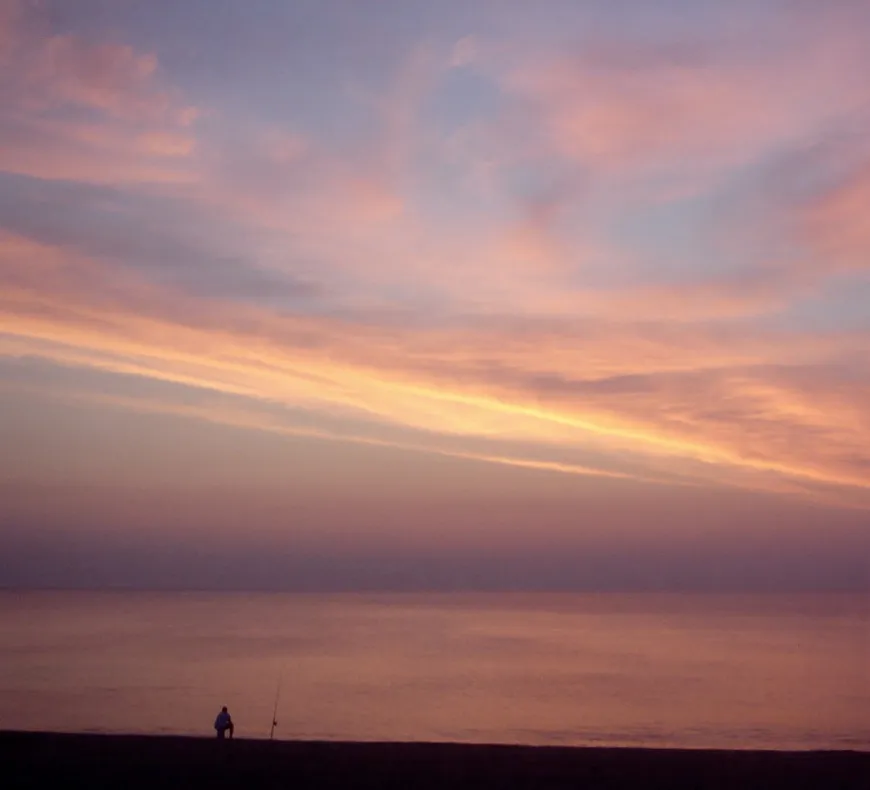
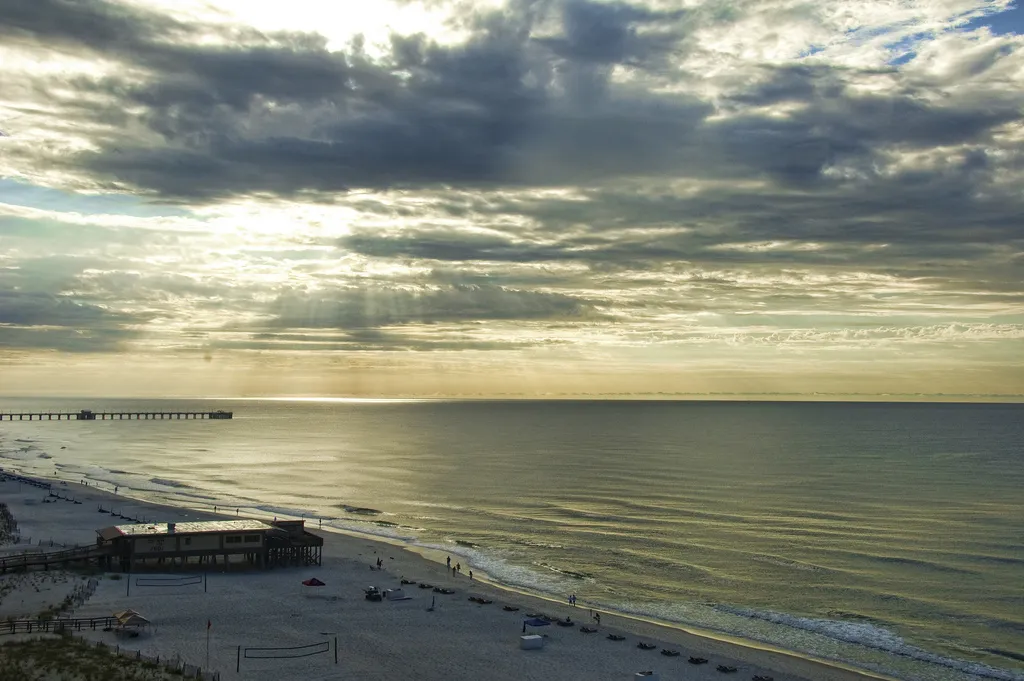
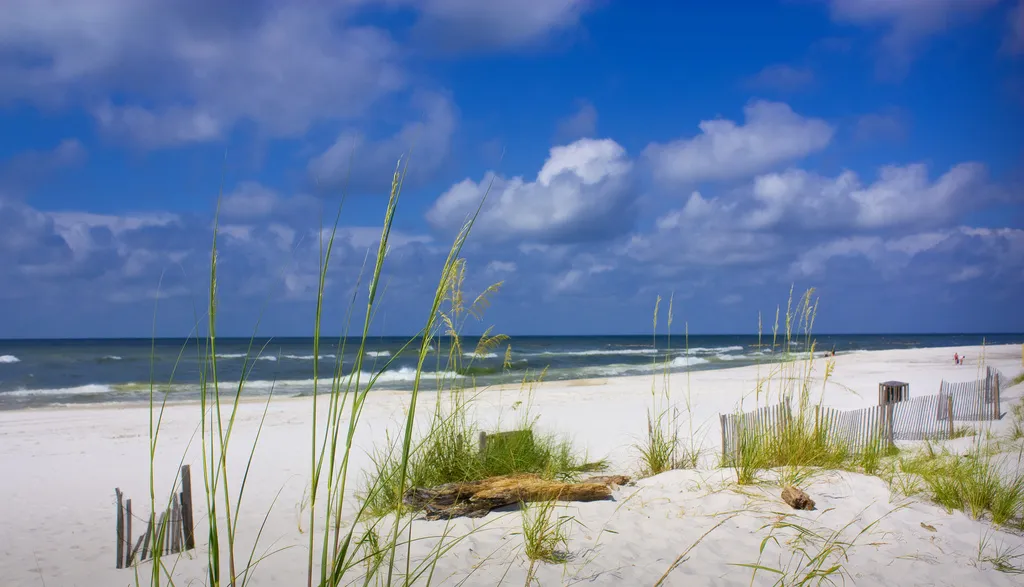

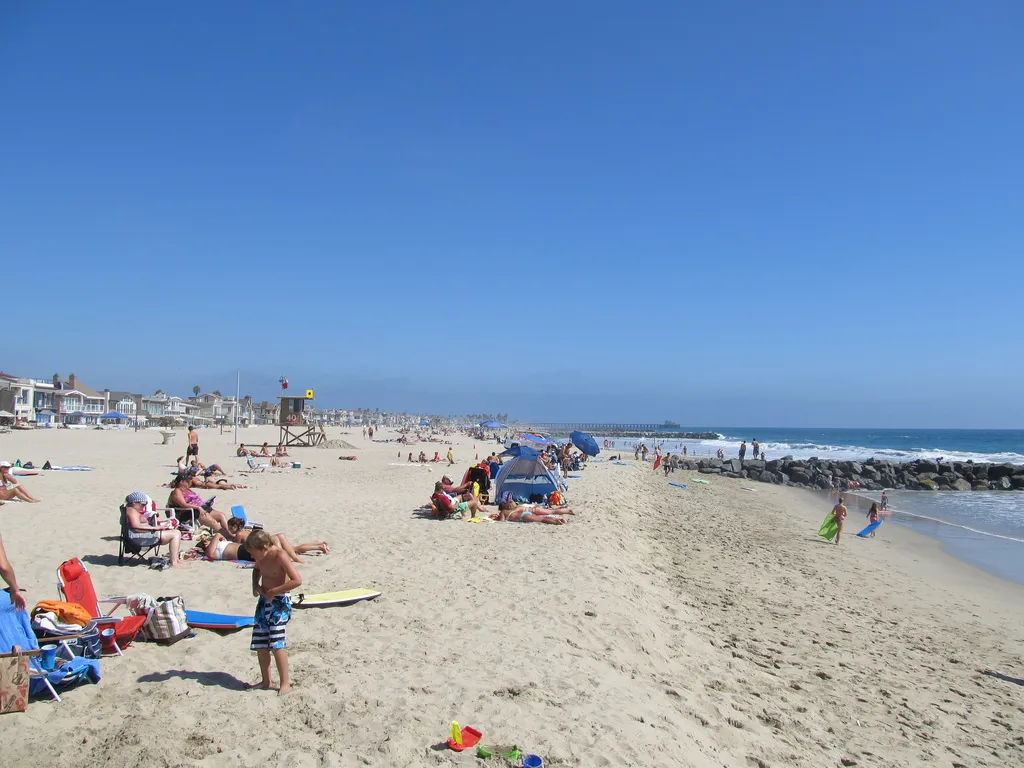
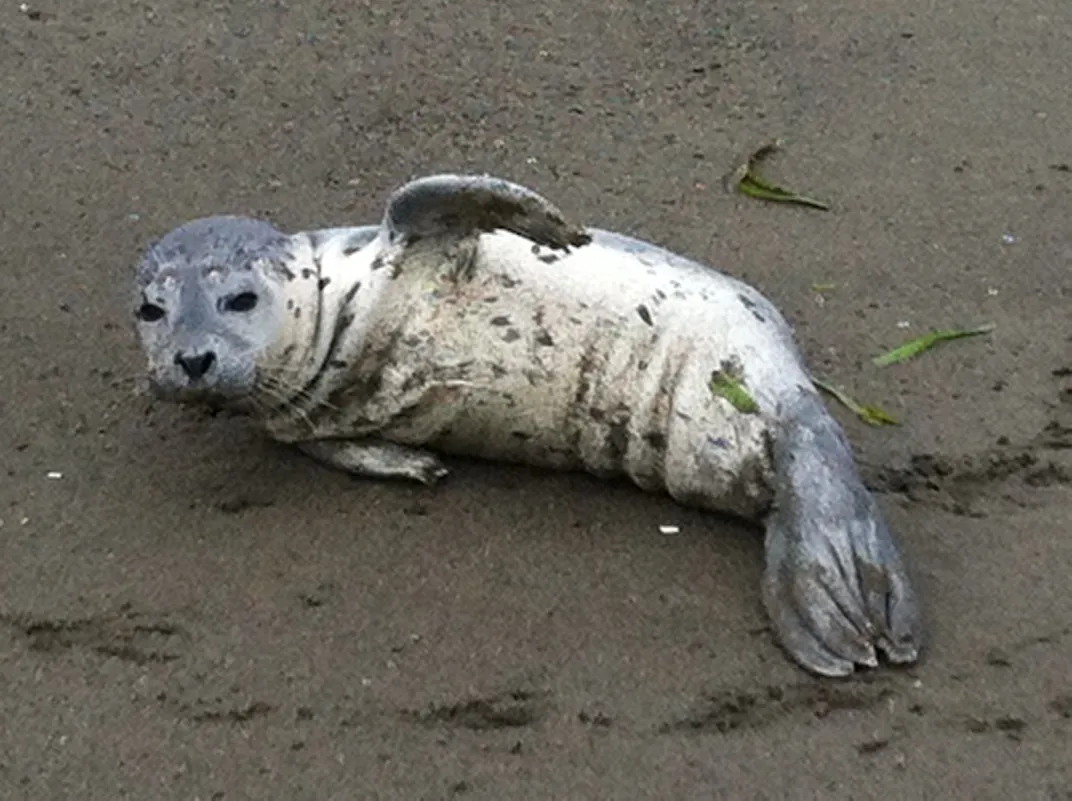
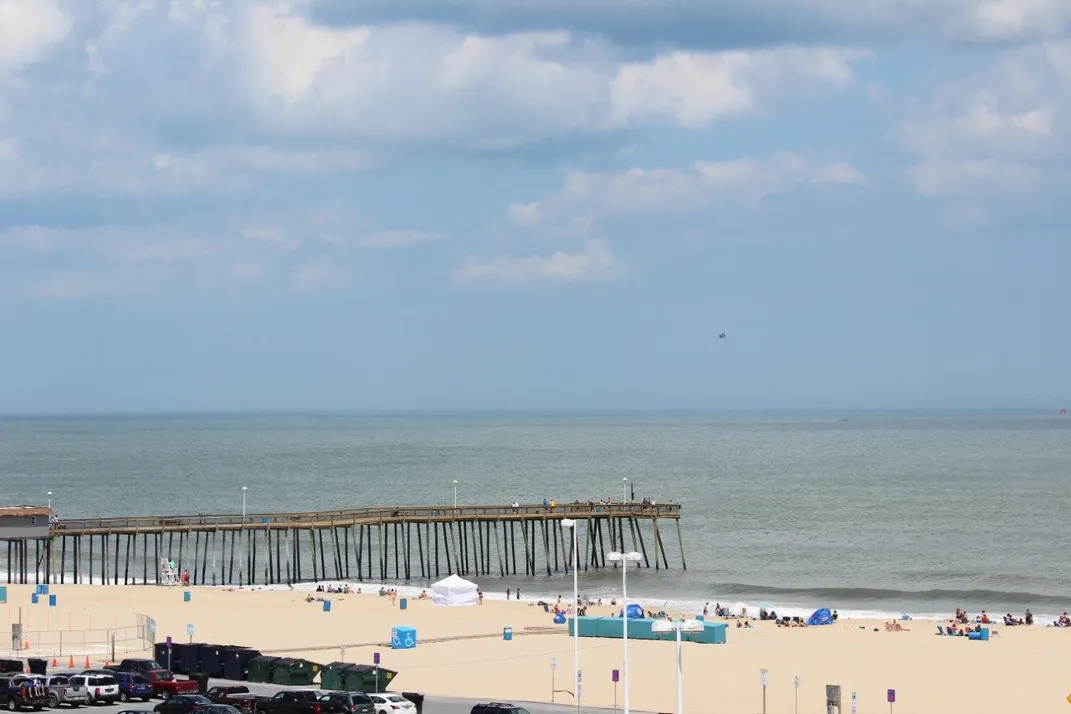
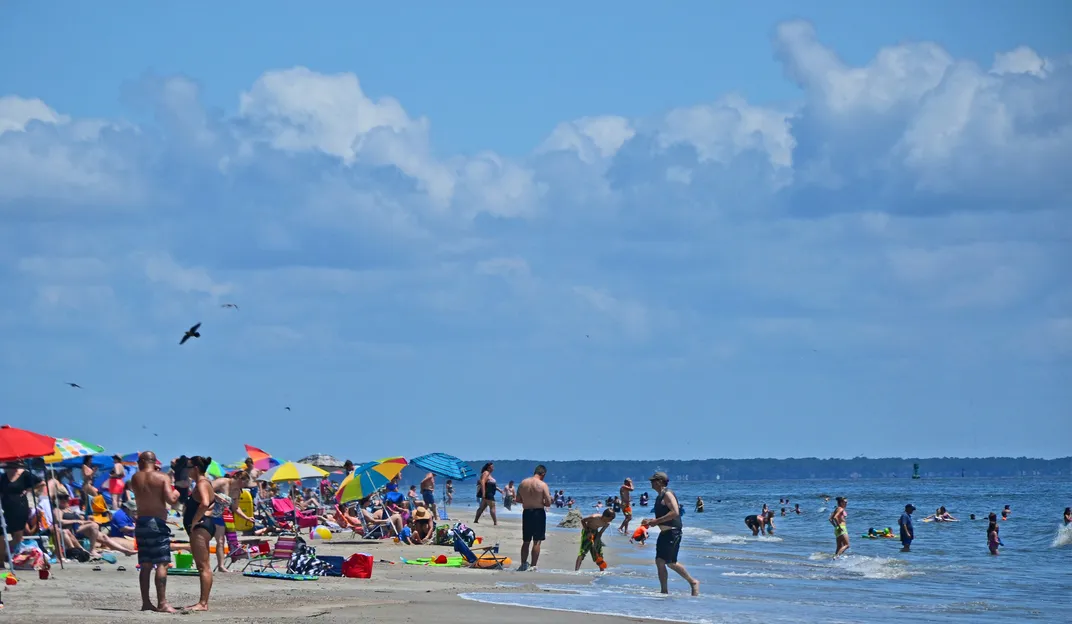
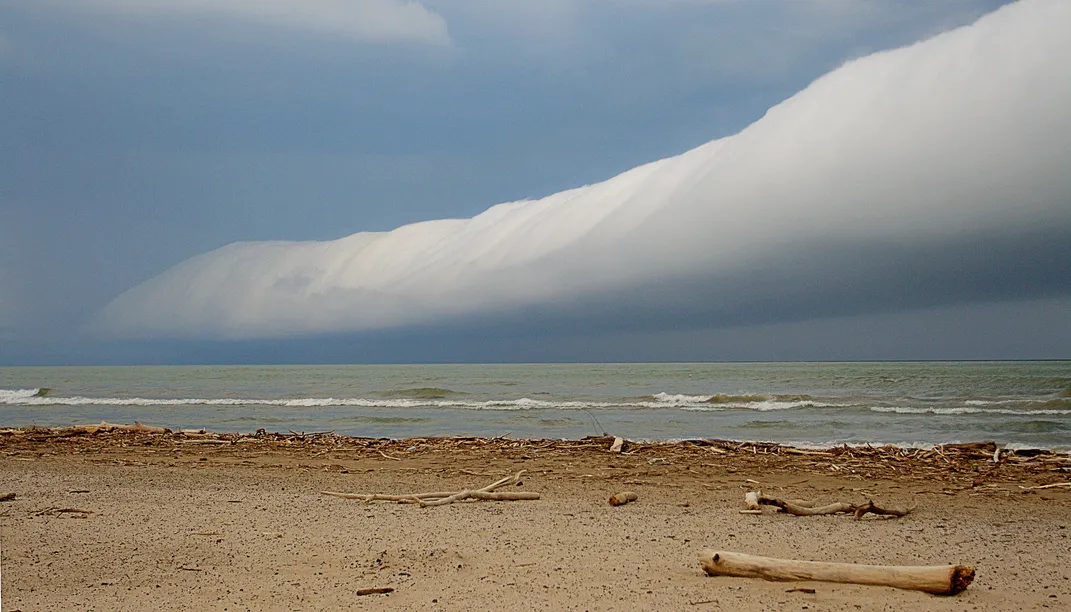
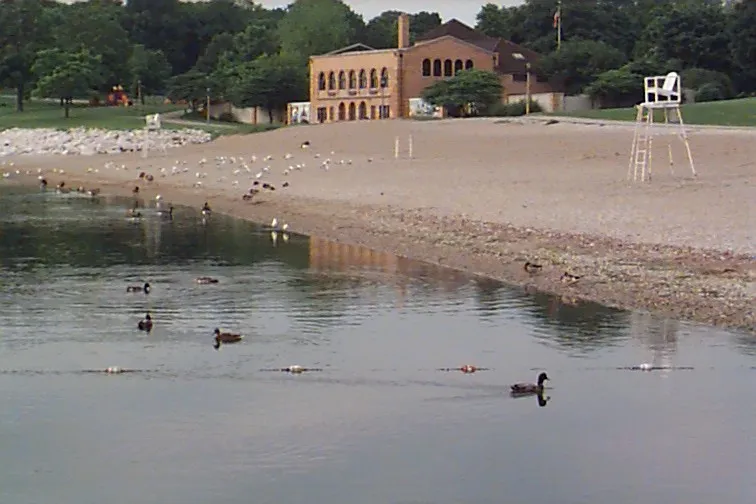
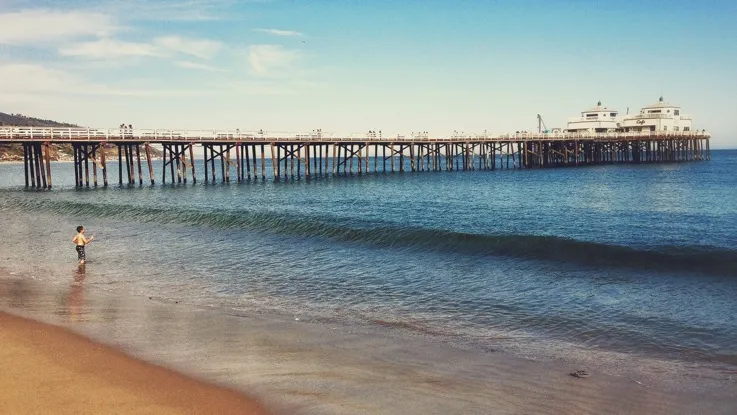


/https://tf-cmsv2-smithsonianmag-media.s3.amazonaws.com/accounts/headshot/natasha-geiling-240.jpg)